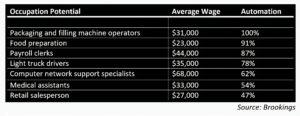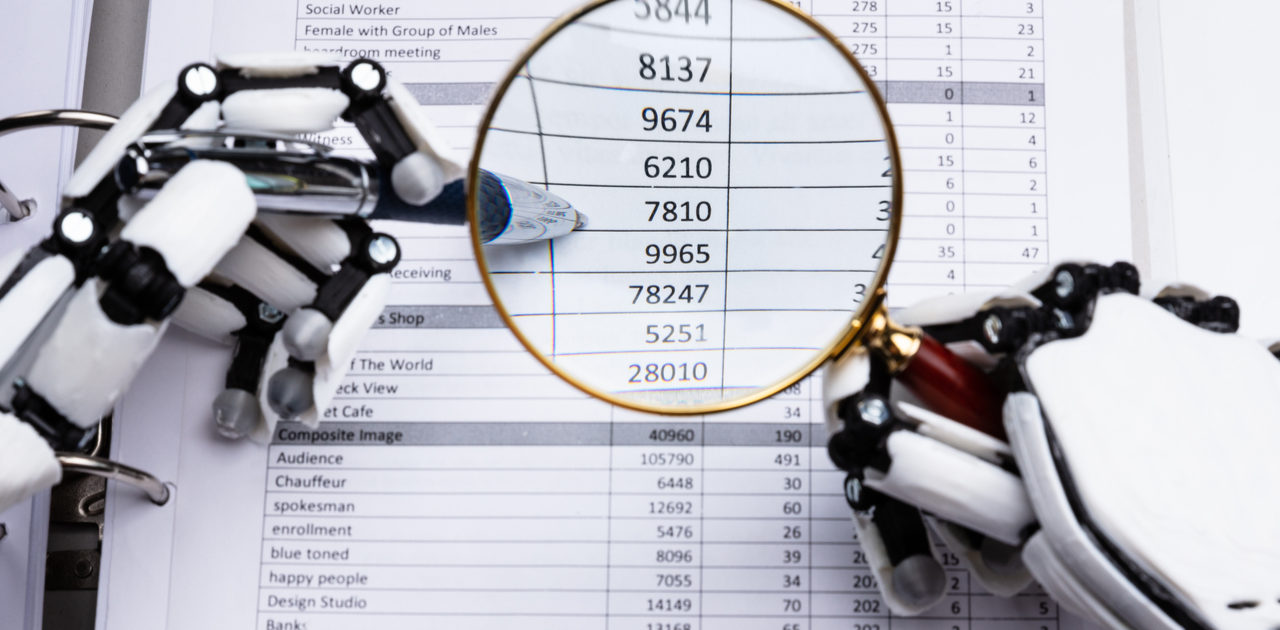
Top Occupations Affected by AI: Jobs in the Crosshairs of Automation
With the advent of automation and artificial intelligence, many workers will find themselves, in the not-too-distant future, facing the very real prospect of being replaced by a machine.
To view the full article please register below:
Top Occupations Affected by AI: Jobs in the Crosshairs of Automation
With the advent of automation and artificial intelligence, many workers will find themselves, in the not-too-distant future, facing the very real prospect of being replaced by a machine. Of course, we see workplace automation already happening, (e.g., self-ordering kiosks in restaurants), but the pace is expected to accelerate in the years ahead.
Economies periodically undergo transformations that permanently alter the nature of work. New technologies can change some occupations forever, while others are eliminated altogether, like switchboard operators, bowling alley pinsetters, elevator operators and human calculators (think “Hidden Figures”).
Top Occupations in Jeopardy
According to research by The Brookings Institution1, almost no occupation will be unaffected by the technological changes brought on by artificial intelligence (AI) and automation. The most vulnerable jobs, however, will be those that are comprised of predominantly routine physical and cognitive tasks. Jobs with the highest risk of being turned over to machines are those in which 70 percent of their tasks are potentially automatable, which makes up 25 percent of today’s workforce.
From a major occupation group perspective, jobs involved with production, food service, transportation, maintenance and construction are most at risk. The occupation groups with the least risk to AI and automation are business, arts/entertainment, engineering, social services, education, management and science.
Here is a list of some occupations and their automation potential:

What is clear from this truncated list of occupations is that the projected job losses will fall most heavily on lower wage, unskilled workers.
The Automation Tidal Wave
By one estimate, U.S. companies may invest nearly $8 trillion in automation technologies by 2030.2 This shift to automation is expected by most experts to have profound consequences. As noted above, it could mean that up to 25 percent of jobs could be eliminated by machines in the near future. History suggests that, in the long run, automation and the concomitant productivity improvement will hold great benefits to society overall, but the transition could be messy. Labor market disruption may require an entirely new set of social policy prescriptions to help workers adjust to an evolving labor environment and prepare them with the skills to thrive in a changed world.
Sources:
- https://www.brookings.edu/research/automation-and-artificial-intelligence-how-machines-affect-people-and-places/
- https://www.bain.com/insights/labor-2030-the-collision-of-demographics-automation-and-inequality/
Please reference disclosures: https://blog-dev.americanportfolios.com/disclosures/












